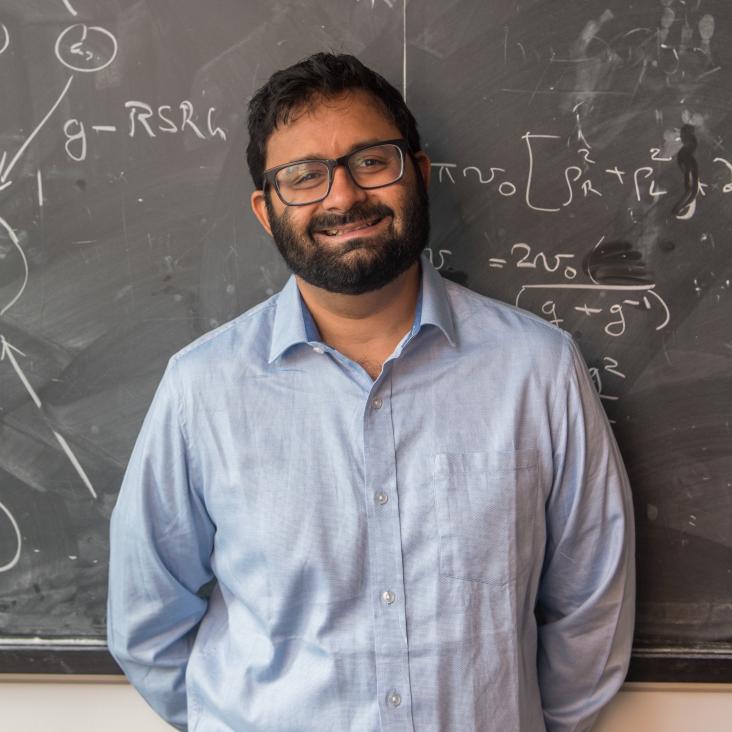Probing the Chiral Anomaly with Nonlocal Transport in Three-Dimensional Topological Semimetals
Physical Review X American Physical Society (APS) 4:3 (2014) 031035
Chiral bosonic Mott insulator on the frustrated triangular lattice
Physical Review B American Physical Society (APS) 89:15 (2014) 155142
28pCG-6 スカーミオン結晶における非フェルミ流体的振る舞い(28pCG 低温理論2(強相関),領域8(強相関係))
(2014) 634
Featureless and nonfractionalized Mott insulators on the honeycomb lattice at 1/2 site filling
Proceedings of the National Academy of Sciences of the United States of America Proceedings of the National Academy of Sciences 110:41 (2013) 16378-16383


